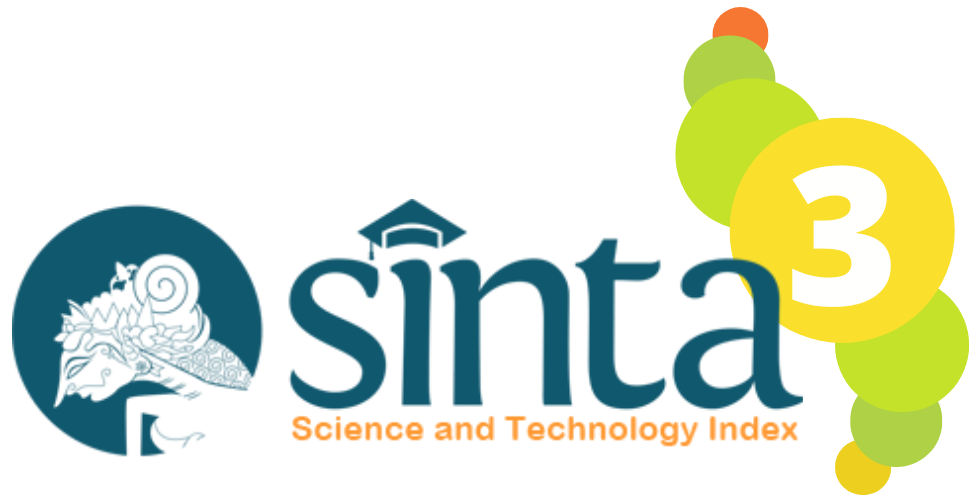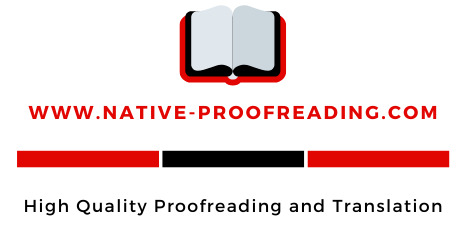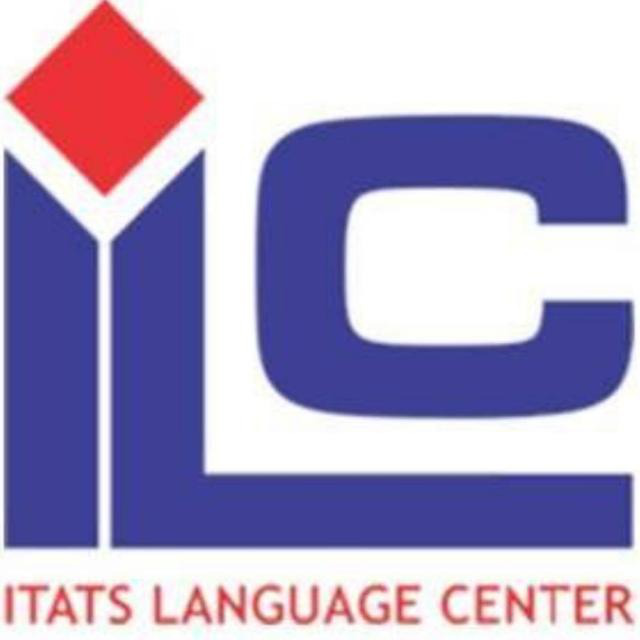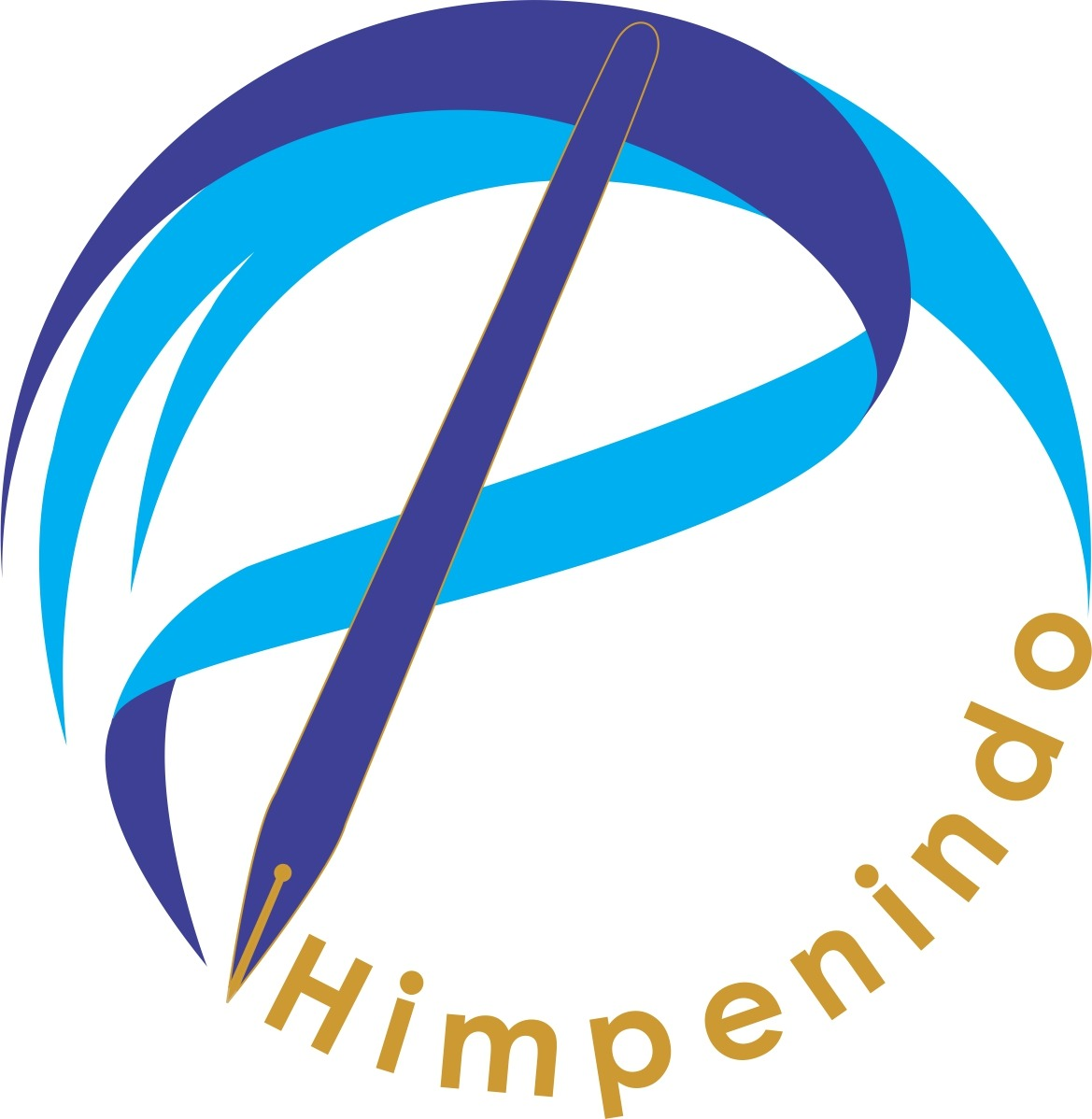Impact of Embedded Pipe Configuration in Phase Change Material on Photovoltaic Cooling
Abstract
The photovoltaic as a solar power plant is increasingly widespread as renewable energy. However, high photovoltaic surface temperatures can reduce performance in generating electricity. Based on these problems, a photovoltaic cooling system is needed. This research aims to produce effective photovoltaic cooling by planting pipes that carry cold fluid embedded in Phase Change Material. The experimental research used solar simulator, there are three variations of pipe configuration, including: parallel, serpentine, and circular. The photovoltaic used in this research has a specification of 50WP. This study examines the effect of various cooling pipe configurations on thermal performance, output power, and the reduction of photovoltaic temperature. The results show the serpentine pipe configuration exhibits the highest thermal efficiency initially but declines drastically over time, while the circular pipe design demonstrates the best long-term stability and efficiency. Specifically, the circular pipe variation effectively reduces the photovoltaic surface temperature, maintaining the lowest temperature of around 42°C at the 80th minute, compared to higher peak temperatures in the unmodified variation 67°C, serpentine 50°C, and parallel 45°C. Overall, the circular pipe design is identified as the most effective cooling method for maintaining low surface temperatures and ensuring stable performance in photovoltaic panels.
Full Text:
PDFReferences
H. Xu, N. Wang, C. Zhang, Z. Qu, and F. Karimi, “Energy conversion performance of a PV/T-PCM system under different thermal regulation strategies,” Energy Conversion and Management, vol. 229, p. 113660, 2021.
H. M. Maghrabie, K. Elsaid, E. T. Sayed, M. A. Abdelkareem, T. Wilberforce, and A. G. Olabi, “Building-integrated photovoltaic/thermal (BIPVT) systems: Applications and challenges,” Sustainable Energy Technologies and Assessments, vol. 45, p. 101151, 2021.
A. G. Lupu, V. M. Homutescu, D. T. Balanescu, and A. Popescu, “A review of solar photovoltaic systems cooling technologies,” IOP Conference Series: Materials Science and Engineering, vol. 444, p. 082016, 2021.
H. M. S. Bahaidarah, A. A. B. Baloch, and P. Gandhidasan, “Uniform cooling of photovoltaic panels: A review,” Renewable and Sustainable Energy Reviews, vol. 57, pp. 1520–1544, 2020.
H. Xu, C. Zhang, N. Wang, Z. Qu, and S. Zhang, “Experimental study on the performance of a solar photovoltaic/thermal system combined with phase change material,” Solar Energy, vol. 198, pp. 202–211, 2020.
K. Du, J. Calautit, Z. Wang, Y. Wu, and H. Liu, “A review of the applications of phase change materials in cooling, heating and power generation in different temperature ranges,” Applied Energy, vol. 220, pp. 242–273, 2022. [Online]. Available: https://doi.org/10.1016/j.apenergy.2018.03.005
Setiawan, Andri Haris, and Ruri Agung Wahyuono. “Analysis of Passive Cooling Performance on Solar Panels Using Paraffin Phase Change Material on Aluminum Back Sheet." Jurnal Cahaya Mandalika ISSN 2721-4796 (online) 4.3 (2023): 866-875. [in Indonesian].
Murtyas, Solli Dwi. " Phase Change Materials Modeling on Thermal Distribution of Hotel Building Envelopes." Journal of Mechanical Engineering 2.1 (2018): 1-7. [in Indonesian].
S. Mehrotra, P. Rawat, M. Debbarma, and K. Sudhakar, “Performance of a solar panel with water immersion cooling technique,” International Journal of Science, Environment and Technology, vol. 3, no. 3, pp. 1161–1172, 2022.
Kristiadi D. Common solar panel damages and how to avoid them. icasolar. 2021 May 1. Available from: https://m.icasolar.com/support/blog/damages
American Society of Heating and Refrigerating and Air-Conditioning Engineers. ANSI/ASHRAE Standard 95-1981: Methods of testing to determine the thermal performance of solar domestic water heating systems. Atlanta (GA): ASHRAE; 1981. Available from: https://www.ashrae.org.
A. H. Setiawan and R. A. Wahyuono, “Analysis of passive cooling performance on solar panels using paraffin phase change material on aluminum back sheet,” Jurnal Cahaya Mandalika, vol. 4, no. 3, pp. 866–875, 2023. [in Indonesian].
K. A. Moharram, M. S. Abd-Elhady, H. A. Kandil, and H. El-Sherif, “Enhancing the performance of photovoltaic panels by water cooling,” Ain Shams Engineering Journal, vol. 4, no. 4, pp. 869–877, 2019. [Online]. Available: https://doi.org/10.1016/j.asej.2013.03.005
Fernando Y. Studi kinerja panel surya tipe 180 WP berdasarkan air cooling system dan perpindahan panas pada permukaan panel [dissertation]. Pekanbaru: Universitas Islam Riau; 2021. [In Bahasa]
Hayek M, Assaf J, Lteif W. Experimental investigation of the performance of evacuated-tube solar collectors under eastern Mediterranean climatic conditions. Energy Procedia. 2020;6:618-626.
S. S. Magendran, F. S. A. Khan, N. Mubarak, M. Vaka, R. Walvekar, M. Khalid, E. Abdullah, S. Nizamuddin, and R. R. Karri, “Synthesis of organic phase change materials (PCM) for energy storage applications: A review,” Nano-Structures & Nano-Objects, vol. 20, p. 100399, 2019. [Online]. Available: https://doi.org/10.1016/j.nanoso.2019.100399
Badi N, Laatar AH. Improved cooling of photovoltaic panels by natural convection flow in a channel with adiabatic extensions. PLoS One. 2024;19(7):e0302326. doi:10.1371/journal.pone.0302326
Al-Jethelah M, Ebadi S, Venkateshwar K, Tasnim SH, Mahmud S, Dutta A. Charging nanoparticle enhanced bio-based PCM in open cell metallic foams: An experimental investigation. Appl Therm Eng. 2019;148:1029-1042.
Abdulmunem AR, Jalil MJ. Indoor investigation and numerical analysis of PV cells temperature regulation using coupled PCM/Fins. Int J Heat Technol. 2020;36(4):1212-1222.
Sriwahyono D. Peningkatan unjuk kerja kolektor surya Photovoltaic/Thermal (PV/T) menggunakan saluran pipa persegi. 2020. [In Bahasa]
DOI: https://doi.org/10.31284/j.jmesi.2025.v5i2.8177
Refbacks
- There are currently no refbacks.

This work is licensed under a Creative Commons Attribution-NonCommercial 4.0 International License.
Published by:
Mechanical Engineering Department - Institut Teknologi Adhi Tama Surabaya
Editorial Address
Journal of Mechanical Engineering, Science, and Innovation is licensed under CC BY-NC 4.0








